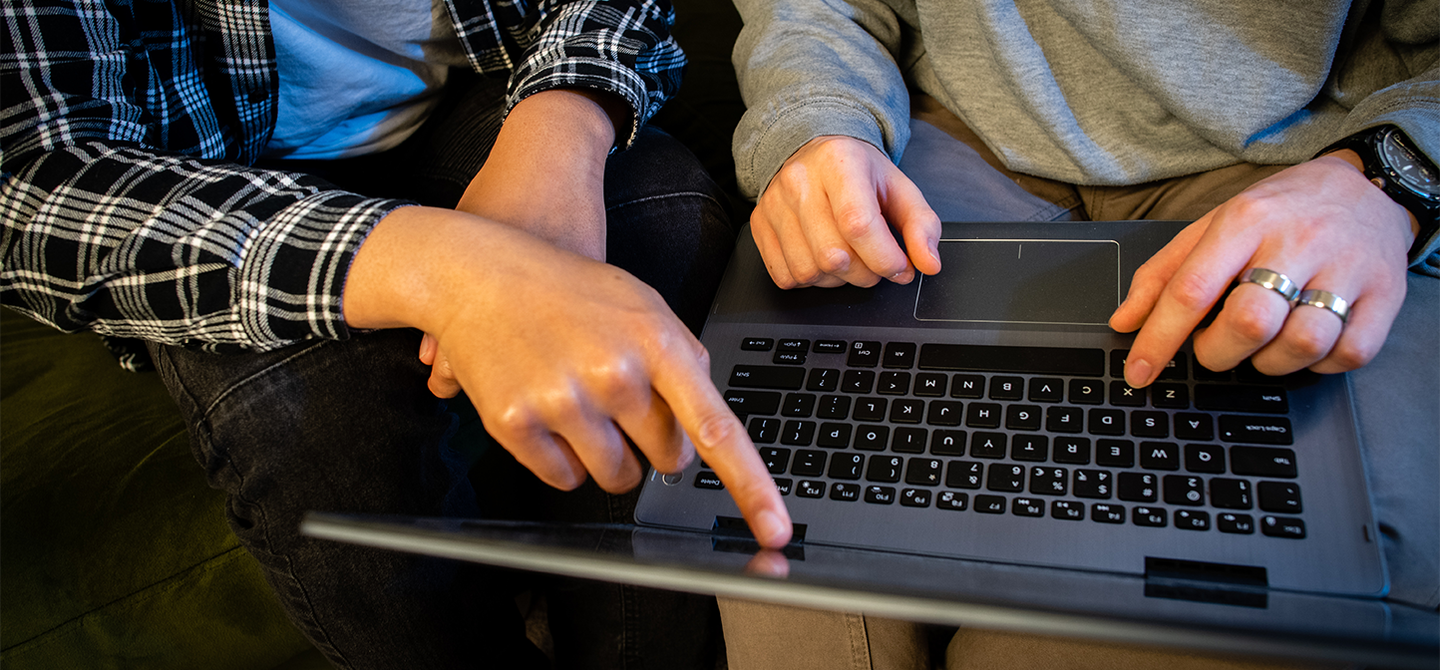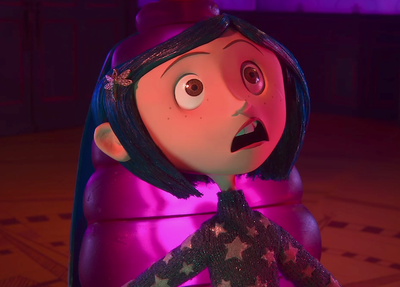
Detailed Impactful Content Guide - Investigating war crimes in Gaza
Caitlin on Oct. 5, 2024
We've put together this detailed content guide to help viewers understand the potential impact of the documentary. It covers intense themes that some might want to be aware of beforehand, so they can decide how it may affect them.
***This guide contains spoilers for the documentary and discusses content that might be challenging for some viewers.***
What’s it about?
The documentary film aims to expose Israeli war crimes in Gaza through interviews with commentators, journalists and survivors, as well a collection of photos and videos that were posted to social media by soldiers. Content includes first-hand accounts and real-life footage of war atrocities. One expert describes the Gaza situation as “the first livestreamed genocide in history”.
Quick facts:
- Produced by: Al Jazeera Investigations
- English language
- Runtime: 80.59 minutes
- Available on YouTube
- Real-life war footage used
What to expect:
Cruelty and violence
The documentary deals with the horrors of war as a result of cruelty and violence. For example,
- Footage of buildings exploding/collapsing and rubble in the streets in the aftermath. There is chaos – people are stunned and terrified and some are trapped beneath the rubble. Some are left injured or dead. We see people weeping and distraught as they mourn dead loved ones.
- Footage of people being shot by snipers. The footage is usually distanced, grainy and/or black and while, so details are limited.
- Footage of people being forced to evacuate their homes and walk long distances to safety. Some must do so whilst injured.
- Footage of dead bodies, most of them are in body bags or their faces have been blurred out.
Injury detail isn’t often shown, and often victims’ faces are blurred out, particularly when children are involved.
Aside from the war violence we hear reports of civilians in Gaza dying of malnutrition. There is footage of people (including children) in hospital who are extremely underweight from malnutrition.
Interviewees speak of their first-hand experiences such as their homes being destroyed, being forced to flee, and of loved ones dying. One speaks of hearing from children who are afraid to die and especially of being “shredded”.
Rape, degrading, dehumanising and demeaning behaviour
Many clips show the videos soldiers had posted to social media where they are celebrating incidents of violence or the cruel treatment of detainees. For example, soldiers laugh after a building is bombed, and dance while blindfolded detainees are lined up in the background.
Numerous clips show the harsh treatment of detainees. They are seen wearing white bodysuits or simply underwear, their hands bound with cable ties, being led or dragged around or lined up on the ground. Some are crying or have wet themselves and are mocked. Other notable examples include:
- An image of a Star of David carved into a victim’s back.
- Stories of detainees being beaten, humiliated, tortured, and being kept in dark cells without toilets or mattresses.
- An interviewee recalls being made to lie next to a decomposing corpse.
- An interviewee recalls watching a detainee being stripped naked, tied up and made to lie on the ground before soldiers sprayed something on his buttocks and unleashed a dog to rape him.
- Another account of someone being raped, said to have suffered serious injuries including a ruptured bowel and anal injuries. We see footage alluding to this but there is little detail, the soldiers involved are largely hidden behind riot barriers.
Crime
Commentators discuss the many war crimes committed by soldiers (e.g. bombing hospitals and killing civilians, looting abandoned homes, inhumane treatment of detainees) and posting these videos on social media – often in a celebratory tone.
They also discuss the use of civilians as human shields. We hear personal accounts and see real-life (but non-detailed) footage of this. For example, a man tied naked to a truck to prevent enemy fire, and a detainee stripped to his underwear forced to inspect a building in case of booby traps.
Commentators discuss violations of international law.
Impact on Young Audiences:
Because of the themes, first-hand accounts and the real-life footage, this documentary has the potential to spark some serious conversations. The topic of the documentary might draw in younger viewers, but its content requires careful thought. In light of recent global events, including conflict, families may find themselves watching distressing content together, sometimes with younger whānau members present. It’s important to support our tamariki and rangatahi in these situations.
- Before watching: Discuss what they might see. Explain that this content is based on real events, which can be more intense than movies.
- Create a safe viewing environment: Watch with them to provide support and create a safe space for discussion.
- Check in while watching: Pause regularly to see how they’re feeling. Let them know it’s perfectly fine to take a break or stop watching if it starts to feel overwhelming, and encourage them to express any concerns or questions they may have.
- After watching: Talk about what stood out and what made them uncomfortable. Reassure them that it’s normal to have these feelings.
Encourage critical thinking:
Discuss different perspectives presented in the content and help whānau, especially younger members, think critically about what they’ve seen in a way that’s suitable for their age. Talking with others about your viewing experience can help you process the documentary’s heavy material. Here are a few questions to guide discussions with whānau or friends after watching:
- What did you think about the events and what the commentators where saying?
- How did the violence make you feel?
- Did you understand what the documentary was showing or was it confusing?
- Were there any scenes that made you uncomfortable?
These questions can help viewers think critically about the content and encourage more thoughtful engagement.
Helplines
If you or someone else is unable to shake what they have seen, it is important to reach out for help. The cruelty, violence and real-life footage in this documentary may be very distressing for a lot of viewers. If you're struggling with what you've seen, or if you or someone you know needs support, please reach out:
Further reading:
Subscribe to our blog
Stay up to date with the Classification Office blog.


